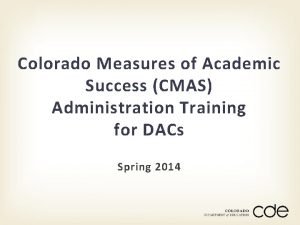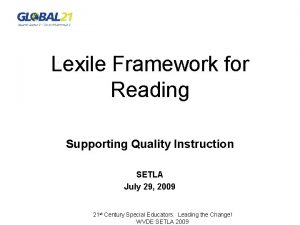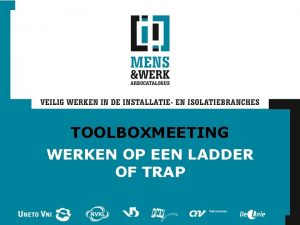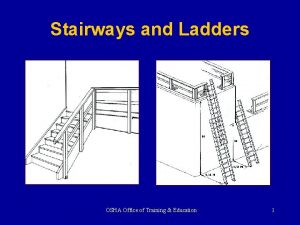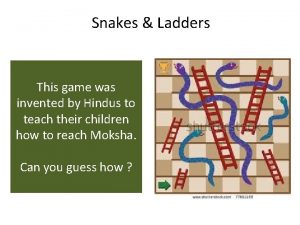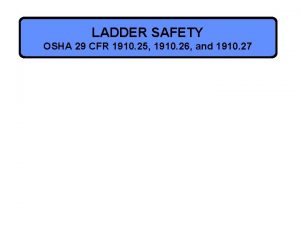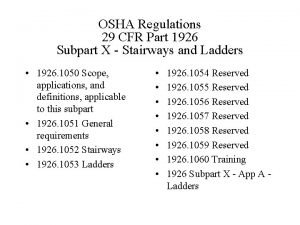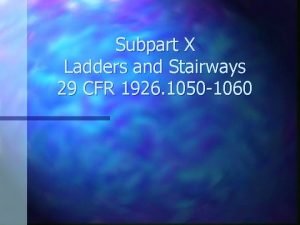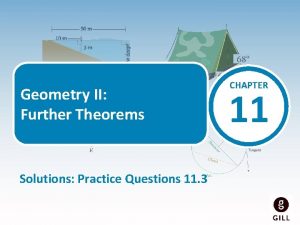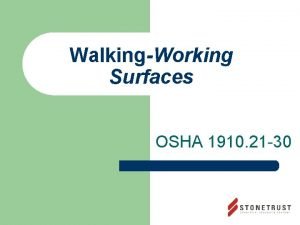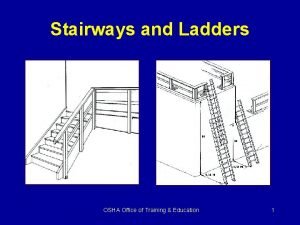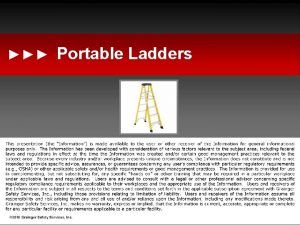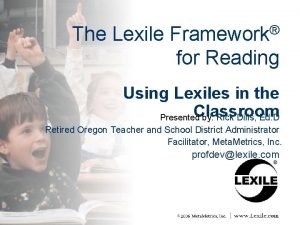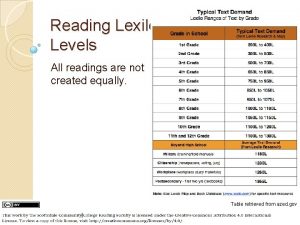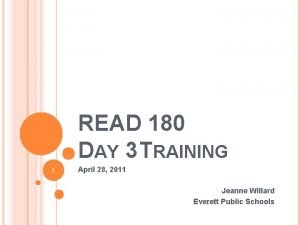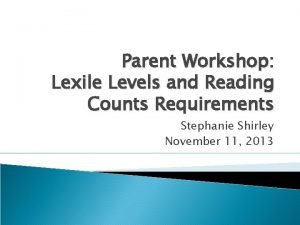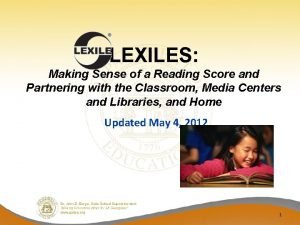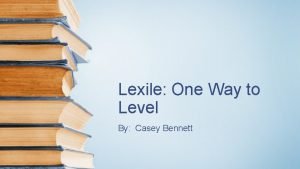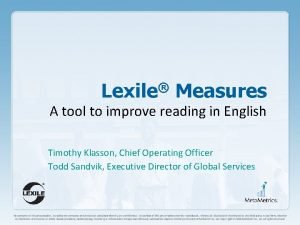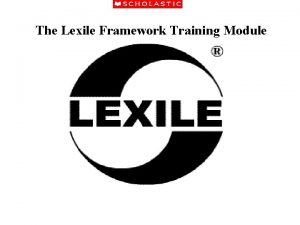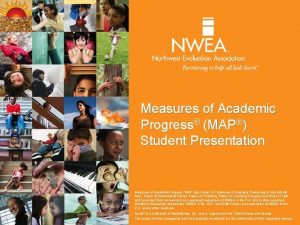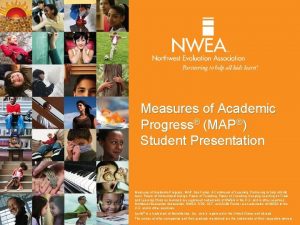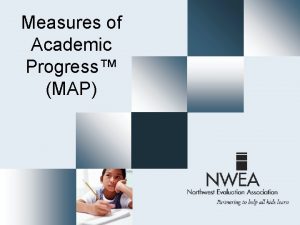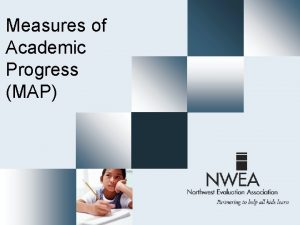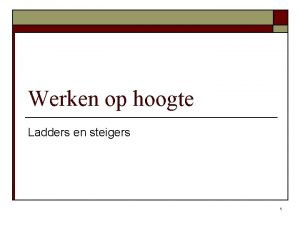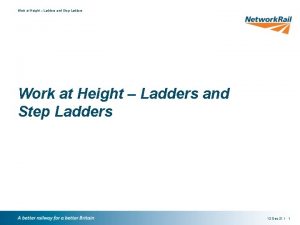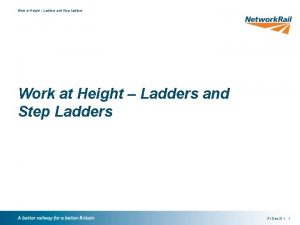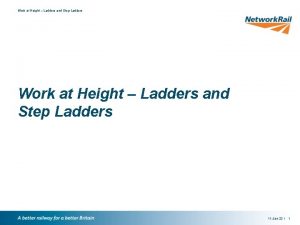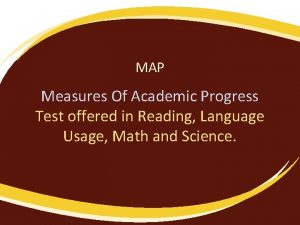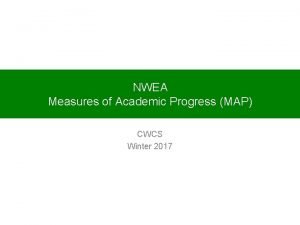Measures of Academic Progress MAP Instructional Ladders Lexile
































- Slides: 32

Measures of Academic Progress® (MAP®) Instructional Ladders Lexile is a registered trademark of Meta. Metrics, Inc. NWEA is neither affiliated nor associated with Meta. Metrics, Inc. The names of other companies and their products mentioned are the trademarks of their respective owners. There is no relationship or association between NWEA and those companies and products referred in this presentation.

Setting the Stage § Welcome/introductions § Structure for the day § Materials review M Materials R Reports Activity A W V Web Resources Virtual Observation A M 2

Activate Prior Knowledge 1. Measures of Academic Progress® (MAP®) as an adaptive growth measure 2. Student RIT scores 3. RIT scale 4. Normative Data 5. RIT to Reading Range Reports 6. Des. Cartes: A Continuum of Learning® 7. Primary Grades Instructional Data 8. Instructional level A 3

Sustaining the Momentum § Consider how you will implement what you’ve learned in the: 4 Next month 4 Next semester 4 Next year M 4

Sustaining the Momentum Planning Document Terry Planner My Building xx/xx/xxxx Schedule meeting with my principal to discuss this info and plan Me Schedule meeting to plan for sharing/ teaching other teachers key concepts: Other teacher leaders, grade/ department heads and me Complete Recorded Online Ladder Activity Other teacher leaders, grade/ department heads and me Build Instructional Ladder Lessons with grade-level teams Paula Principal Other teacher leaders, grade/ department heads and me • Workbook from this workshop Finding available time/Schedule over lunch xx/xx/xxxx • Workbook from this workshop • Sustaining the Momentum document Hectic schedules/ be persistent and prioritize – this is important! xx/xx/xxxx

Topics for Today § Applications for Des. Cartes and Primary Grades Instructional Data § Instructional Ladder Design § Explore Resource Options

A t. A ha So m Ag r ee ew l tra 1 2 3 4 5 eu N m ew ha So Grade-level standards are the focus of all my instruction. D is a gr ee t. D gr is a ee gr e e Taking Stock 7

Building the Instructional Ladder § Data-informed instructional design § Extended scaffolding § Appropriate entry points A M Instructional Ladders Workbook pp. 1 -2 8

Virtual Observation: Laddered Instruction § Content focus § Resources for decision-making § Using Des. Cartes V A M Instructional Ladders Workbook p. 2 9

What is the “Zone of Proximal Development”? § Match of learners’ level of prior knowledge to new information to produce maximum growth M Instructional Ladders Workbook pp. 3 -4 10

Standard Deviation Smallerstandarddeviationsindicatemore that students § Larger are more alike. academic diversity. § How might this impact instruction? 11

Determining Instructional Content § Standards § Local curriculum documents § School improvement initiatives § Student academic needs § Triangulation of data M Instructional Ladders Workbook p. 5 12

Des. Cartes, Primary Grades Instructional Data, and Standards § Placing students on the ladder § Diagnosing key skill deficiencies § Planning for differentiation § Moving students beyond grade-level standards M Instructional Ladders Workbook pp. 5 -7 13

Building Instructional Ladders Des. Cartes or Primary Grades Instructional Data Standard Concept 14

Concept § For a concept and its relevant standard, determine: What is it that none of my students know? What is it that a few of my students know? What is it that most of my students know? What is it that all of my students know? M Instructional Ladders Workbook p. 8 15

Standard § The student will use the scientific process to answer questions: What is the difference between an independent and a dependent variable? How do you control for a variable? How do you pose a hypothesis? What is an experiment? M Instructional Ladders Workbook p. 8 16

Standard and Des. Cartes § Geometry – Properties of two and three dimensional objects (points, rays, lines, and angles including congruency, similarities and transformations) None 241 -250: Identifies symmetry of a sphere 231 -240: Understands meaning and representation of a dilation 211 -220: Identifies geometric transformations (rotations) 201 -210: Identifies right angles All M 191 -200: Identifies figures with line symmetrical parts Instructional Ladders Workbook p. 8 17

Instructional Ladder Samples § Science § Mathematics § Reading § Social Studies § Thematic units A M Instructional Ladders Workbook p. 9 18

Previewing the Instructional Ladder 3. Match skills/learning needs to content you will teach 2. Identify RIT bands/skill levels present in your class 1. Identify skill/standard/goal to be addressed in the lesson or unit R M Instructional Ladders Workbook p. 9 19

Building the Instructional Ladder Standard Activity Group 3. Match RIT band to Des. Cartes statements or Primary Grades Instructional Data for that skill/standard/goal 2. Identify RIT bands present in class 1. Identify skill/standard/goal to be addressed in the lesson or unit R A M Building a Ladder packet pp. 1 -10 20

Building the Instructional Ladder Secondary Activity Group § Developing an Instructional Ladder 4 Select ladder which matches your content 4 Highlight RIT ranges that match your Class Breakdown by Goal or Teacher Report § Using Normative Data and State Proficiency Tables 4 Circle typical performance range R A M 4 Make a square around state proficiency benchmark range Building a Ladder Packet pp. 11 -26 21

Building the Instructional Ladder Primary Activity Group – Screening/Skills Checklist § Use your Teacher Report to identify the range of skills present in your class § Choose an instructional topic § Identify a series of activities related to the topic you selected § Transfer student names to the ladder template R A M Building a Ladder packet pp. 27 -30 22

Building the Instructional Ladder Primary Activity Group – Survey w/ Goals R A M Building a Ladder packet pp. 31 -40

Group Reporting § Share 4 Observations of student data 4 Examples of laddered skills 4 Examples of strategies and approaches A M Instructional Ladders Workbook p. 10 24

Additional Resources for Instructional Ladders § www. foridahoteachers. org 4 Ladders 4 Differentiation 4 Grouping 4 Rubrics and assessment W M Instructional Ladders Workbook p. 10 25

Assessing Student Growth in Laddered Instruction § Examine in-class assessments and student work through observation § Student self-assessments § Compare fall-to-spring MAP data and reports M Instructional Ladders Workbook p. 11 26

The Goal is For All Students to Move Ahead Class Breakdown by Overall RIT Score 161 -170 171 -180 181 -190 191 -200 201 -210 211 -220 221 -230 Justin B Justin Neal B 241 -250 John Shelby Tyler Chelsea Chris Cody James Randy Sarah Alisha Susannah Allison Chelsea Donovan Billy Neal John Grant Anna April Chris Billy Donovan Sydney Randy Tyler Tom Amber Grant Marc Ty Susannah Taylor Ty Andrew Alisha Tom Allison 251 -260 261 -270 271 -280 Taylor Marc Andrew 231 -240 Shelby Justin S Anna Sarah Justin Taylor Red = Beginning of year Green = End of year 27

Resources - Internet & Beyond - NWEA Web Site- - Community - District - Building - - Teacher - Classroom A M Instructional Ladders Workbook p. 11 28

Building Internal Capacity Find Time: Learn More: § Early release days § Professional development § Use substitute teachers creatively § Streamline “administrivia” § Curriculum & data planning teams § Study groups § Data coaches 29

Leading High Performing Learning Communities § Mission driven § Culture and ownership § Answerability § Expert use of data § Staff development § Effective instruction § Quality student assessment § Dynamic learning environment § High quality curriculum § Strategic use of resources Mission: Growth and Learning for Every Student Culture and Ownership ANSWERABILITY

Sustaining the Momentum § Consider how you will implement what you’ve learned: 4 Use standards with Des. Cartes and Primary Grades Instructional Data 4 Design instruction to meet diverse needs of learners 4 Identify and access resources for diverse instructional needs A M Instructional Ladder Workbook p. 12 31

Thank you for your attention and hard work. Help Us Learn From You § Please complete the Evaluation Form and leave it in the designated location. A M
 Physical progress and financial progress
Physical progress and financial progress Cmas test nav
Cmas test nav Lexile 1700
Lexile 1700 Repeated measures design
Repeated measures design Chutes and ladders instructions
Chutes and ladders instructions Vca werken op trap
Vca werken op trap 1926 ladders
1926 ladders Stairways and ladders osha
Stairways and ladders osha Who invented snakes and ladders
Who invented snakes and ladders Ladder safety
Ladder safety Osha 1910 ladders
Osha 1910 ladders 1926 ladders
1926 ladders Ladders to literacy
Ladders to literacy Side rails ppt
Side rails ppt A commonly cited hazard for stairways and/or ladders is
A commonly cited hazard for stairways and/or ladders is 1926 ladders
1926 ladders A commonly cited hazard for stairways and or ladders is
A commonly cited hazard for stairways and or ladders is Two extension ladders are leaning at the same angle
Two extension ladders are leaning at the same angle Osha housekeeping standard 1910
Osha housekeeping standard 1910 Double cleated ladder
Double cleated ladder The three main types of portable ladders are
The three main types of portable ladders are College lexile level
College lexile level Read 180 lexile grade level chart
Read 180 lexile grade level chart Lexile range
Lexile range Lexile levels by grade 2021
Lexile levels by grade 2021 Reading inventory scores
Reading inventory scores 1085 lexile score
1085 lexile score 1600 lexile
1600 lexile Lexile measure tool
Lexile measure tool Pax lexile
Pax lexile Reading inventory lexile chart
Reading inventory lexile chart Achieve lexile chart
Achieve lexile chart Iready to lexile
Iready to lexile

